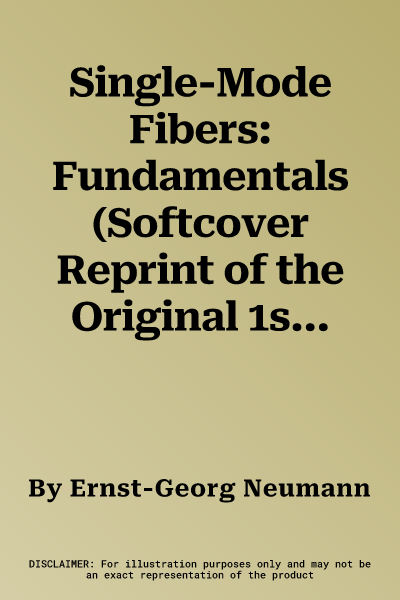Ernst-Georg Neumann
(Author)Single-Mode Fibers: Fundamentals (Softcover Reprint of the Original 1st 1988)Paperback - Softcover Reprint of the Original 1st 1988, 3 October 2013

Qty
1
Turbo
Ships in 2 - 3 days
In Stock
Free Delivery
Cash on Delivery
15 Days
Free Returns
Secure Checkout
Part of Series
Springer Optical Sciences
Part of Series
Springer Series in Optical Sciences
Print Length
533 pages
Language
English
Publisher
Springer
Date Published
3 Oct 2013
ISBN-10
3662136996
ISBN-13
9783662136997
Description
Product Details
Author:
Book Edition:
Softcover Reprint of the Original 1st 1988
Book Format:
Paperback
Country of Origin:
NL
Date Published:
3 October 2013
Dimensions:
23.39 x
15.6 x
2.84 cm
ISBN-10:
3662136996
ISBN-13:
9783662136997
Language:
English
Location:
Berlin, Heidelberg
Pages:
533
Publisher:
Weight:
762.03 gm

